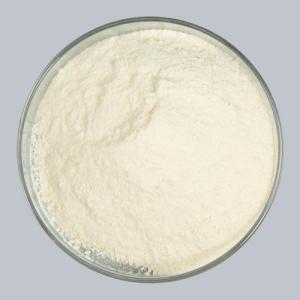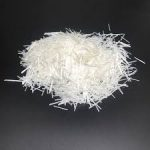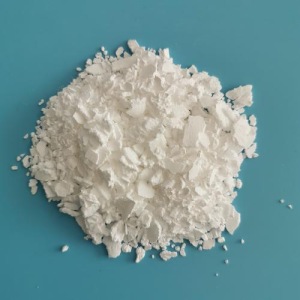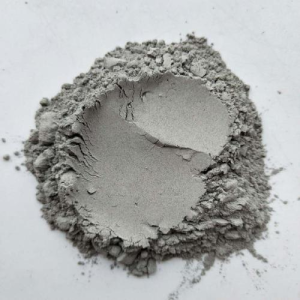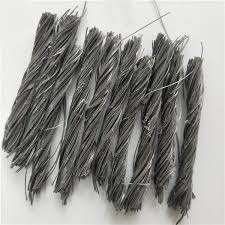Professional solutions on concrete addtives, Concrete Foaming Agent, Superplasticizer, CLC Blocks Additives, and foaming machine
Polycarboxylate superplasticizer (PWRA) has completely changed the field of concrete admixtures, providing excellent performance in workability, strength development, and durability. These high-performance and efficient water-reducing agents are derived from polycarboxylate monomers, which are polymerized to form complex macromolecules with excellent dispersibility. The chemical process behind PWRA involves a delicate balance between molecular weight and viscosity, which directly affects their effectiveness in concrete applications. This article delves into the complex relationship between the molecular weight of polycarboxylate superplasticizer monomers and the resulting viscosity, revealing whether macromolecules always lead to higher viscosity or whether there are potential factors at play.
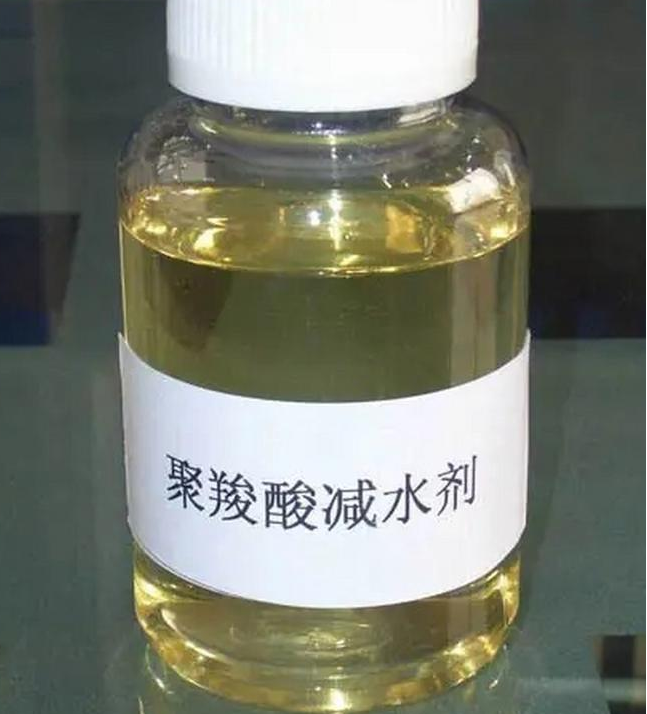
Polycarboxylate superplasticizer
Polycarboxylate water reducer is synthesized through the polymerization reaction of various monomers such as acrylic acid, methyl acrylic acid, and their derivatives. Polymer skeletons typically contain multiple carboxyl groups (- COOH), which can generate strong electrostatic repulsion between cement particles, enhance dispersibility, and reduce moisture content. In addition, the side chains composed of polyether units provide steric hindrance, preventing particle aggregation and maintaining long-term stability.
The molecular structure of PWRA can be customized by adjusting the ratio of main chain monomers to side chain modifiers and changing the degree of polymerization. This flexibility allows for the optimization of properties such as molecular weight, charge density, and hydrophilicity, all of which can affect the behavior of the final product.
| Parameter | Specification |
| Product Name | Polycarboxylate Water Reducing Agent Monomer |
| CAS Number | Varies by specific compound |
| Chemical Composition | Proprietary polymerizable monomer with carboxylic acid groups |
| Appearance | Colorless to light yellow liquid |
| Form | Liquid |
| Density (g/cm³, at 25°C) | Approx. 1.05 – 1.20 g/cm³ |
| Solid Content (%) | Typically 40-60% |
| pH Value (10% solution) | Generally neutral to slightly acidic, pH 5-7 |
| Viscosity (mPa·s, at 25°C) | Low to medium, typically 300-800 mPa·s |
| Water Solubility | Highly soluble in water |
| Recommended Dosage | Usually 0.1-0.5% by weight of cement, depending on the application and desired performance |
| Setting Time Influence | Minimal effect on setting time |
| Strength Development | Enhances early and later strength development |
| Air Content (%) | Minimal impact on air content |
| Chloride and Sulfate Content (%) | Very low, typically <0.1% |
| Application | Used as a component in high-performance concrete admixtures for improving workability, reducing water content, and enhancing durability |
| Packaging | 200L drums, IBC containers, bulk tankers |
| Storage Conditions | Store in a cool, dry place away from direct sunlight and heat sources |
| Shelf Life | Typically 12 months when stored properly |
| Safety Precautions | Avoid contact with eyes and skin; use appropriate personal protective equipment (PPE); follow safety data sheet (SDS) guidelines |
Product Specifications for Polycarboxylate Water Reducing Agent Monomer
Molecular weight and viscosity: complex interactions
Increasing the molecular weight of polycarboxylate superplasticizer monomers may inevitably lead to higher viscosity. After all, larger molecules often occupy more space, generating stronger intermolecular forces and resulting in thicker solutions. However, this assumption oversimplifies the complex dynamics involved in polymer solutions. In fact, the relationship between molecular weight and viscosity is not linear but is influenced by several factors:
Chain entanglement: As the molecular weight increases, polymer chains become longer and more prone to entanglement. Although this does increase viscosity, excessive entanglement can also hinder fluidity and reduce the efficiency of dispersants. When the chain is long enough to provide effective dispersion without excessive entanglement, optimal performance can be achieved.
Fluid dynamic volume: The effective volume occupied by polymer molecules in a solution depends on their conformation and interaction with the solvent. Compared to linear polymers, highly branched or flexible polymers can occupy larger fluid dynamic volumes, even at lower molecular weights. Although the molecular size is small, this phenomenon can lead to higher viscosity.
Charge density and electrostatic repulsion: Polycarboxylate water reducers have charged functional groups along their skeleton, which helps with electrostatic repulsion between cement particles. Higher charge density is usually associated with better dispersibility and lower viscosity, as repulsive forces counteract attractive van der Waals forces. Balancing molecular weight and charge density is crucial for achieving optimal performance.
Solvent quality: The properties of solvents play an important role in determining the viscosity of polymer solutions. Good solvents can promote the elongation of chain conformation, leading to a decrease in viscosity, while poor solvents can cause chain collapse and increase viscosity. In the context of PWRA, water serves as both a solvent and a medium for hydration reactions, affecting the overall behavior of the mixture.
Temperature effect: Temperature changes can significantly affect the viscosity of polymer solutions. Higher temperatures typically reduce viscosity by promoting chain fluidity and reducing intermolecular forces. On the contrary, lower temperatures increase viscosity, which may lead to difficulties in handling. Careful temperature control during production and application is crucial for maintaining the desired performance.
A common misconception about polycarboxylate superplasticizers is that larger molecular weights always translate into higher viscosity. Although molecular size does affect viscosity, this relationship is much more subtle than simple correlations. Factors such as chain entanglement, fluid dynamics volume, charge density, solvent mass, and temperature all play a crucial role in determining the final performance of the mixture. Another misconception is that higher viscosity necessarily means better performance. In fact, excessively viscous solutions can pose processing challenges, reduce operability, and undermine the expected benefits of using PWRA. Finding the appropriate balance between molecular weight and viscosity is the key to achieving optimal results.
The relationship between molecular weight and viscosity in polycarboxylate superplasticizer monomers is a complex and multifaceted issue. Although larger molecules do lead to higher viscosity, this result is not inevitable and depends on many factors. Achieving an ideal balance requires a deep understanding of polymer chemistry and careful optimization of formulation parameters. By revealing the complexity of this relationship, researchers and industry professionals can develop advanced PWRA that delivers outstanding performance without sacrificing operability or usability. The continuous progress in this field is expected to drive innovation in concrete technology, paving the way for more sustainable and resilient infrastructure projects.
Supplier
Cabr-Concrete is a supplier under TRUNNANO of Concrete Admixture with over 12 years of experience in nano-building energy conservation and nanotechnology development. It accepts payment via Credit Card, T/T, West Union and Paypal. TRUNNANO will ship the goods to customers overseas through FedEx, DHL, by air, or by sea. If you are looking for Polycarboxylate superplasticizer, please feel free to contact us and send an inquiry.sales@cabr-concrete.com


